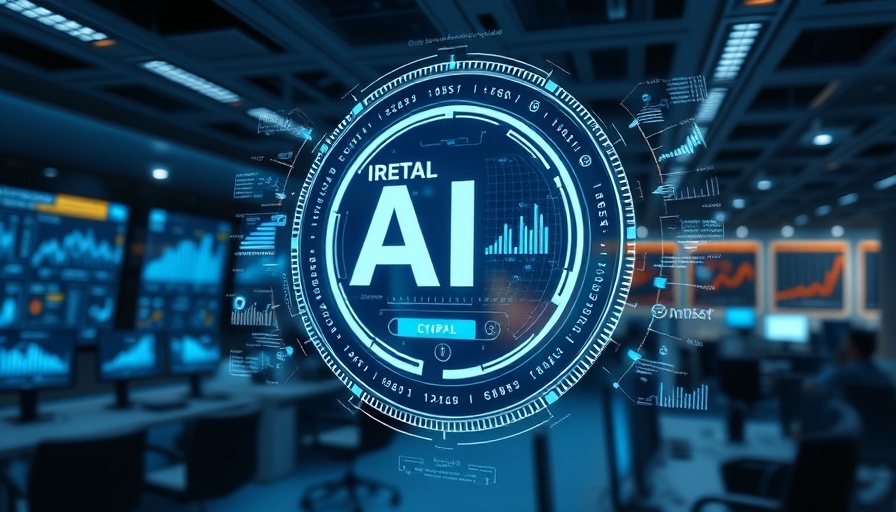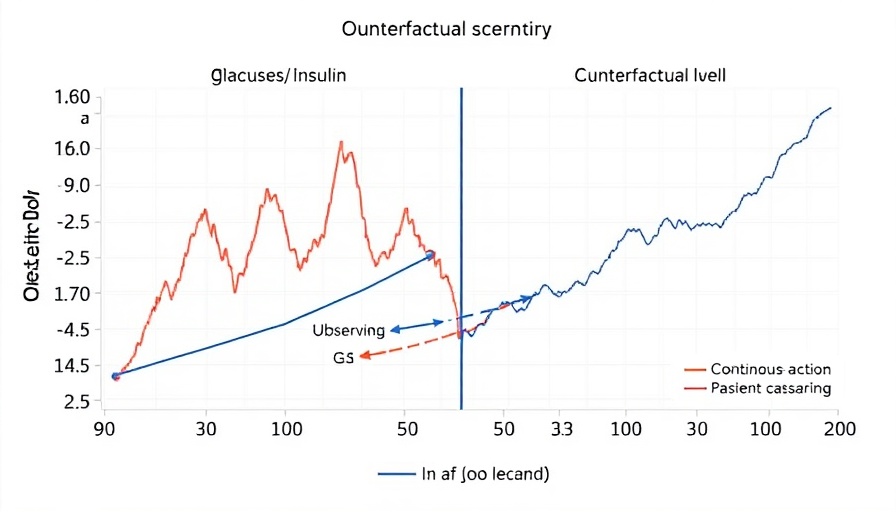
Are GenAI Models Ready to Replace Human Fact-Checkers?
The rise of Generative Artificial Intelligence (GenAI) models in content assessment has opened discussions about their effectiveness compared to human fact-checkers. According to recent research by Yuehong Cassandra Tai and co-authors, these AI models, while showing promise in accurately rating content, often rely on flawed reasoning methods that could undermine their credibility.
The Capabilities and Limitations of GenAI
The study explored several GenAI models, particularly focusing on GPT-4o, which outperformed others in rating the credibility of posts from U.S. politicians on social media. While it achieved a commendable accuracy, the model's reasoning was largely based on superficial linguistic features such as language formality and detail, instead of a deep understanding of content veracity. This reliance suggests that while GenAI can serve as a tool for detecting misinformation, their use should be cautious and supplementary to human expertise.
Future Predictions: The Role of GenAI in Misinformation Management
The effectiveness of GenAI in combatting misinformation is increasingly vital, especially with looming global elections. The functionalities of these models can evolve with technological advancements and improved data input methods, but predictions remain mixed. Some experts argue that GenAI could significantly enhance efficiency in detecting low-credibility content if combined with smarter algorithms and better reasoning practices. Others caution against a blind reliance on these systems, advocating for a balanced approach that includes human oversight.
The Complex Nature of Contemporary Misinformation
As GenAI tools become part of the misinformation landscape, understanding their implications is critical. Current trends show a shift from blatantly false information to misleading content that can often pass initial scrutiny. Experts in the field have pointed out that developing new trust heuristics will be essential for internet users navigating this changing landscape. Therefore, a collaborative strategy incorporating both human and AI capabilities could present a more robust front against misinformation.
Pros and Cons: A Synergistic Approach to Misinformation Detection
The study emphasizes the potential of hybrid models that combine human insight with GenAI’s computational efficiency for substantial improvements in misinformation detection. By maintaining a human-in-the-loop approach, organizations can harness the best of both worlds—AI's speed and data processing alongside human analytical skills to reason about context, nuance, and ethics.
Conclusion: Navigating the Misinformation Landscape
As we move forward, robust discussions about the limitations of AI and the invaluable role of human fact-checkers in ensuring honesty and integrity in information dissemination will be essential. The integration of advanced technologies like GenAI must align with ethical considerations and factual accuracy to foster trust and reliability in the digital ecosystem.
 Add Row
Add Row  Add
Add 




Write A Comment